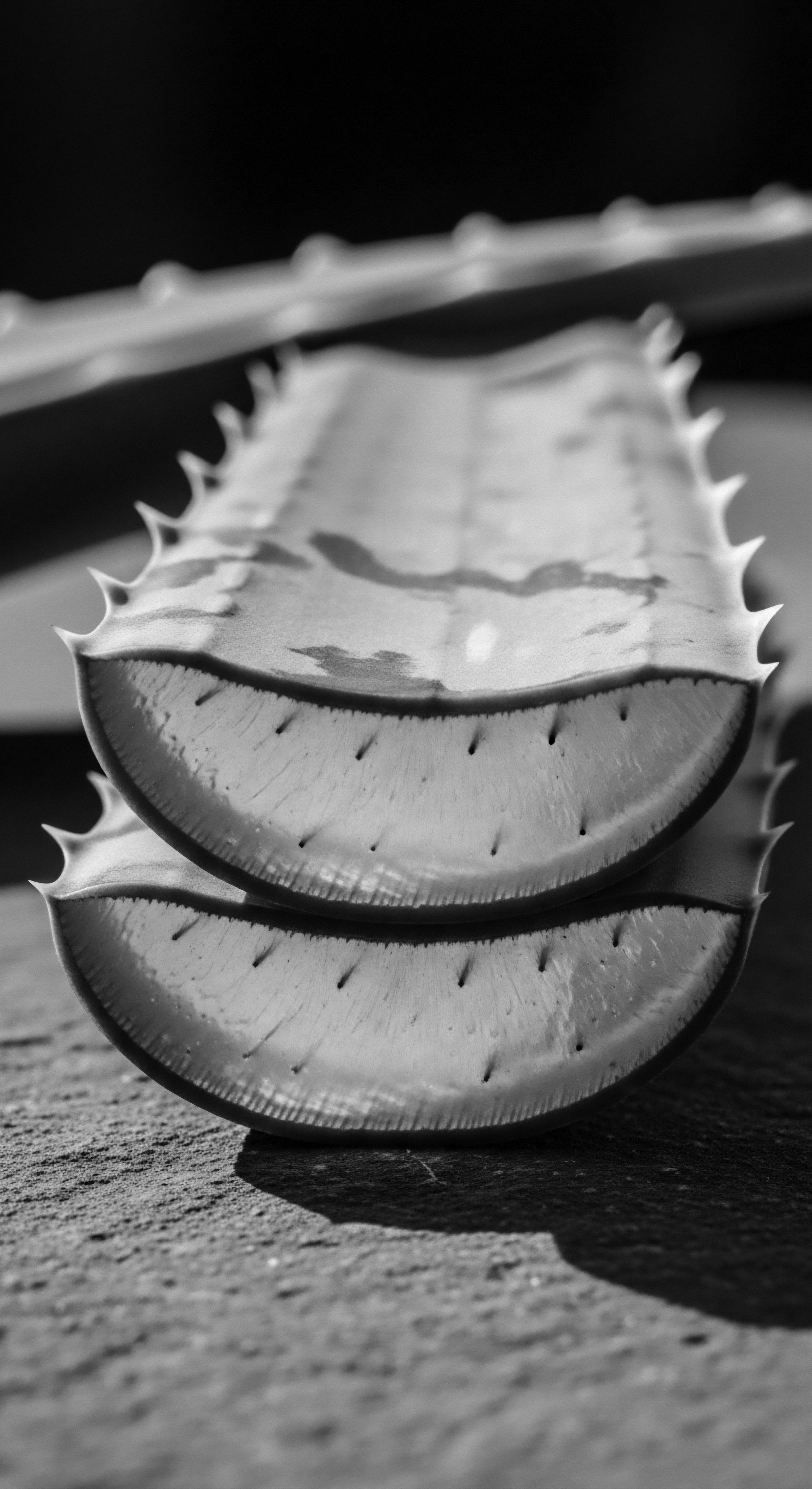
Roots
The very essence of textured hair, with its coils, curls, and waves, holds within its structure a whisper of ancient knowledge, a deep lineage connecting us to the practices of those who came before. It is not merely a biological phenomenon but a living archive, each strand a testament to centuries of ingenuity, adaptation, and profound cultural meaning. To truly grasp how ancient hair practices influence modern textured hair care, we must first attune ourselves to the foundational understanding of this hair type, seeing its anatomy and growth through the lens of ancestral wisdom and contemporary science. This journey into the elemental aspects of hair reveals how heritage has always shaped its care, from the earliest human settlements to the present moment.
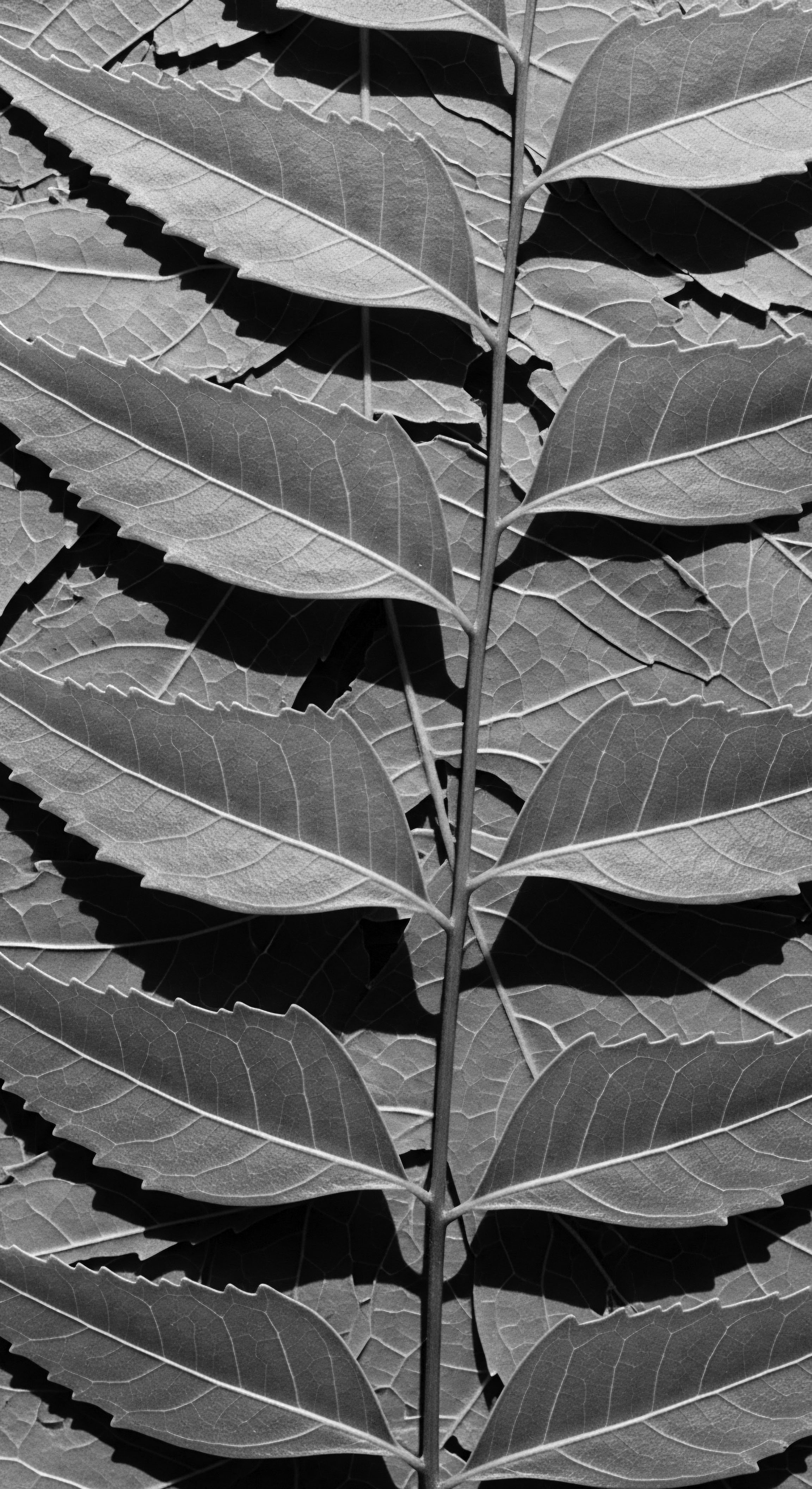
Hair Anatomy and Physiology from an Ancestral View
The intricate architecture of textured hair, often characterized by its elliptical follicle shape and unique curl pattern, dictates its inherent needs. Unlike straight hair, which typically grows from a round follicle, the flatter, ribbon-like cross-section of textured hair causes it to spiral as it emerges, creating bends and turns along the shaft. These points of curvature are natural sites of vulnerability, where the cuticle, the outermost protective layer, tends to lift, making the hair more susceptible to moisture loss and breakage. Ancestral communities, long before the advent of microscopes or molecular biology, intuitively understood these properties.
They observed the hair’s tendency toward dryness in arid climates and its need for careful handling. Their solutions, born of keen observation and generational experimentation, were remarkably effective.
For instance, the Himba people of Namibia developed a distinctive practice of coating their hair and skin with Otjize, a mixture of butterfat, red ochre, and aromatic resin. This ancient ritual, still observed today, serves not only as a cultural identifier and aesthetic expression but also as a practical protective barrier against the harsh desert sun and dry air. The butterfat acts as a natural emollient, sealing moisture within the hair shaft, while the ochre provides UV protection. This practice, documented by various sources, stands as a powerful illustration of ancestral understanding of hair’s physiological needs, translated into a holistic care system.
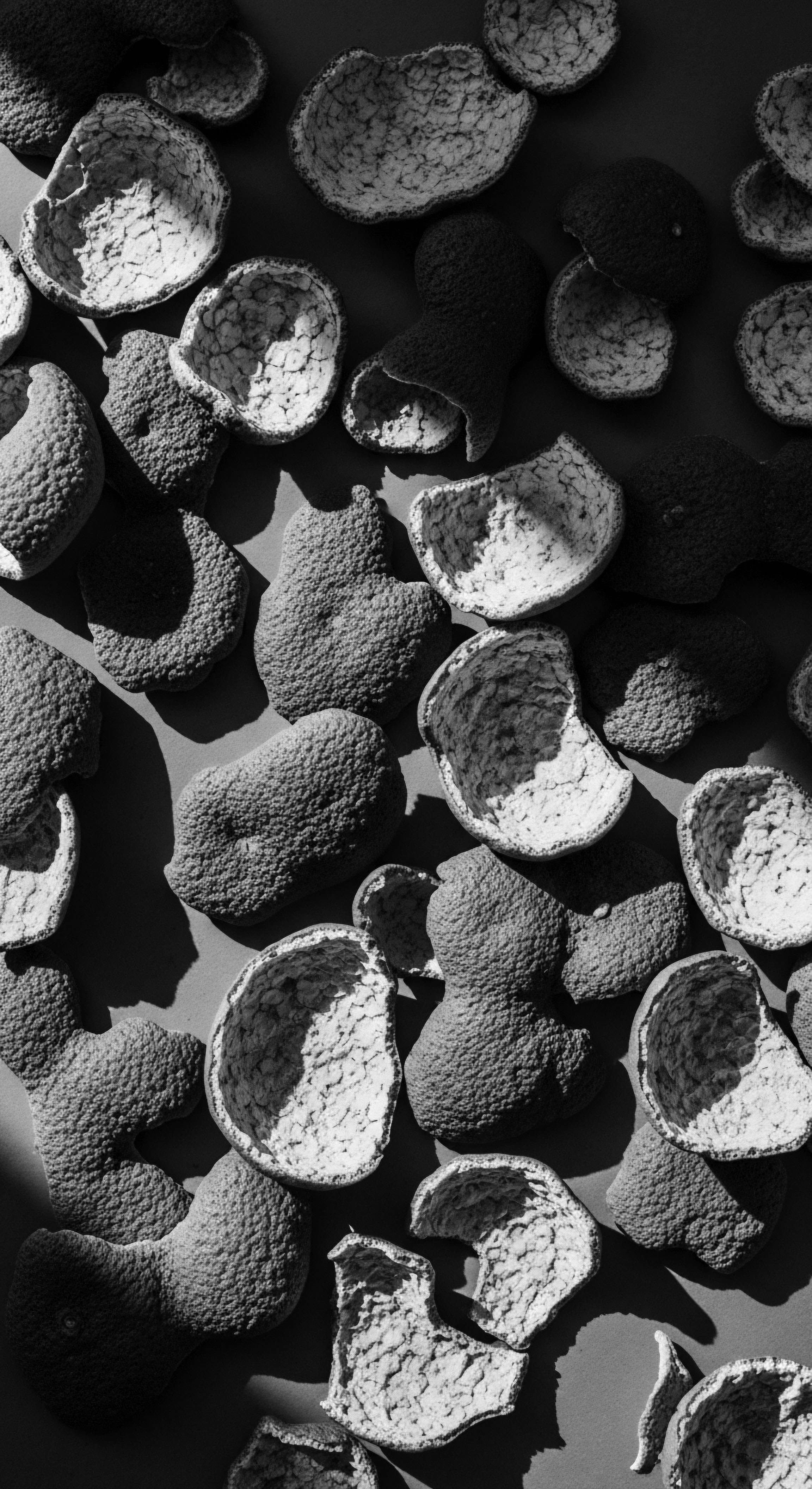
Textured Hair Classification Systems and Cultural Origins
Modern textured hair classification systems, while attempting to categorize the vast spectrum of curl patterns, sometimes overlook the rich cultural contexts that historically defined hair. In many ancient African societies, hair classification was not based on numerical types but on its role in expressing identity, status, and community affiliation. A person’s hairstyle could communicate their age, marital status, wealth, religious beliefs, or even their tribe.
This historical understanding of hair as a visual language stands in contrast to contemporary systems that, while useful for product selection, often lack the deep cultural resonance of ancestral classifications. The complexity of braiding patterns, for example, often held specific meanings. The practice of intricate braiding, tracing back to 3500 BCE in Africa, served as a means of communication and identity, a living history worn upon the head.
Ancient hair practices were not merely cosmetic; they were intricate systems of care, communication, and identity, deeply woven into the fabric of community life.
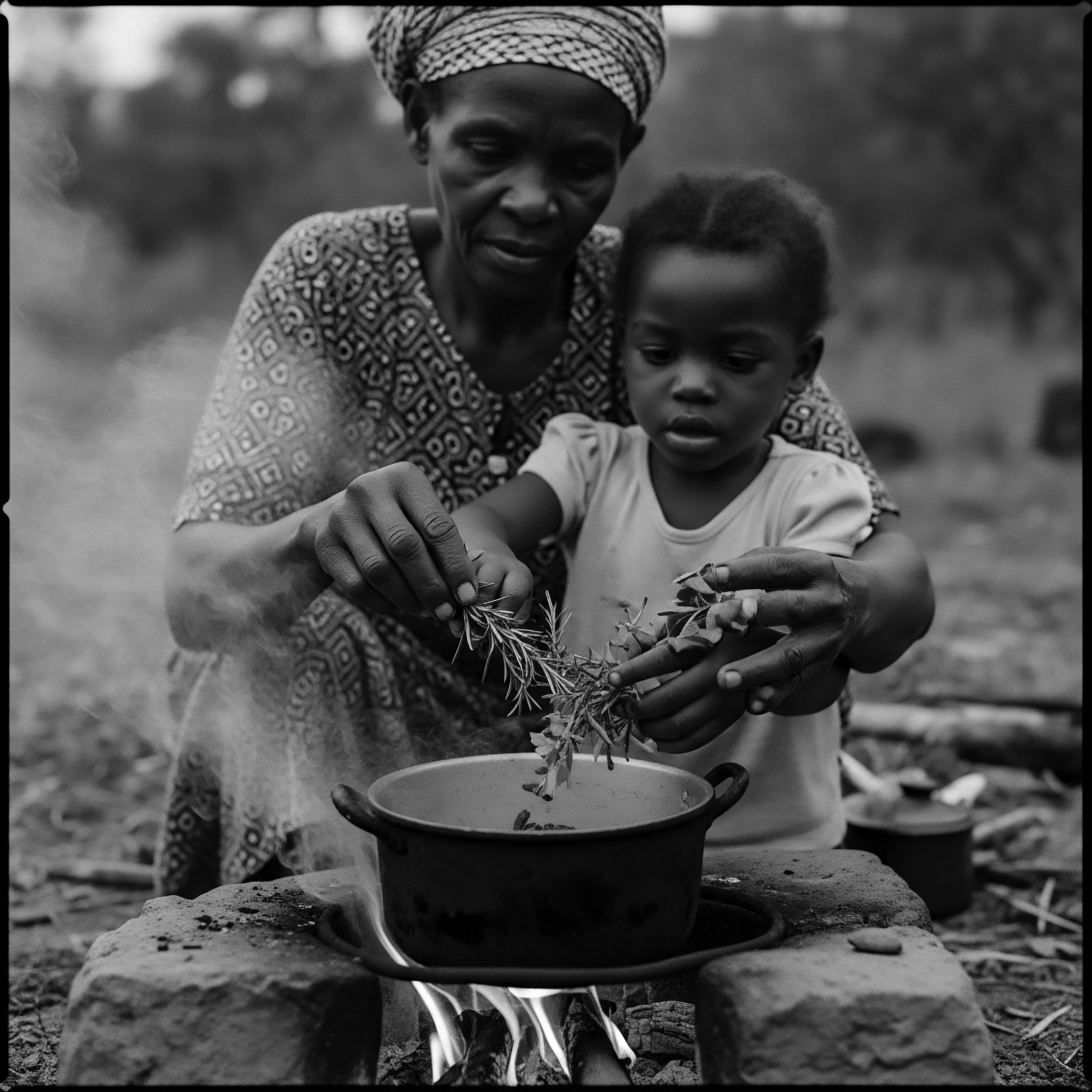
The Essential Lexicon of Textured Hair
The language we use to describe textured hair today often borrows from, or has been shaped by, historical experiences. Terms like “cornrows,” while widely recognized, bear a painful colonial past, named after the agricultural fields where enslaved people labored. Yet, within African communities, these styles held different names, such as “kolese” in Yoruba, signifying a creature without legs, or “Irun Didi” for the general term for cane/cornrows in Nigeria.
This dual lexicon — one born of oppression, the other of enduring tradition — underscores the complex heritage of textured hair. Understanding these historical terms and their origins allows for a more respectful and informed engagement with textured hair care today. It reminds us that every product, every technique, stands upon a foundation built by generations.
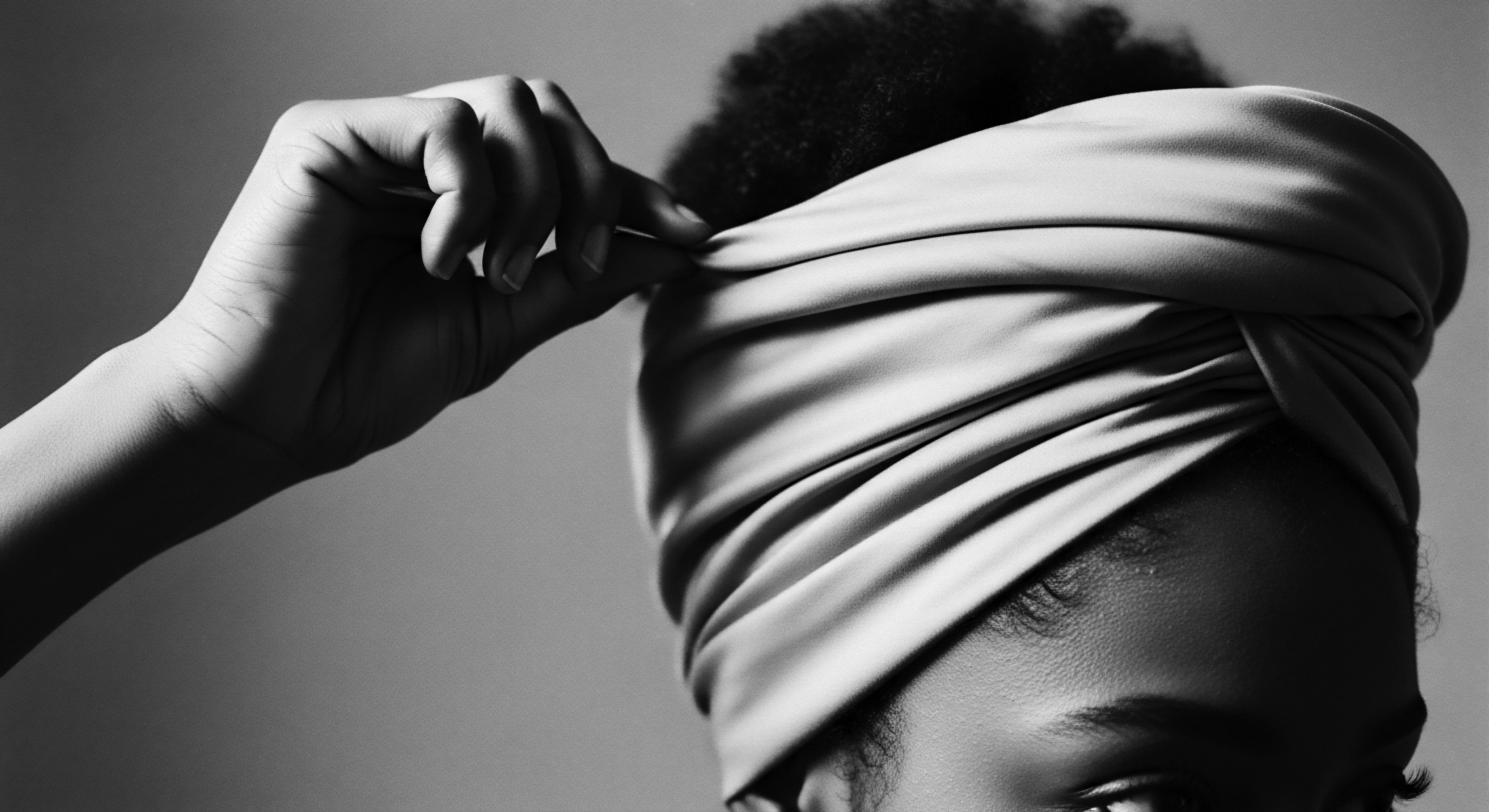
Hair Growth Cycles and Influencing Factors
The human hair growth cycle, comprising anagen (growth), catagen (transition), and telogen (resting) phases, is a biological constant. However, ancestral communities recognized that environmental factors, nutrition, and overall wellbeing significantly influenced hair health and growth. They observed how seasons, diet, and even emotional states affected the hair’s vitality.
Traditional diets, rich in nutrient-dense foods, naturally supported robust hair growth. The use of natural oils and plant extracts for scalp massages, a practice common in many ancient cultures, aimed to stimulate circulation and nourish follicles, promoting a healthy growth environment. This holistic view, where hair health is intertwined with overall bodily harmony, is a direct ancestral influence on modern wellness approaches to hair care.
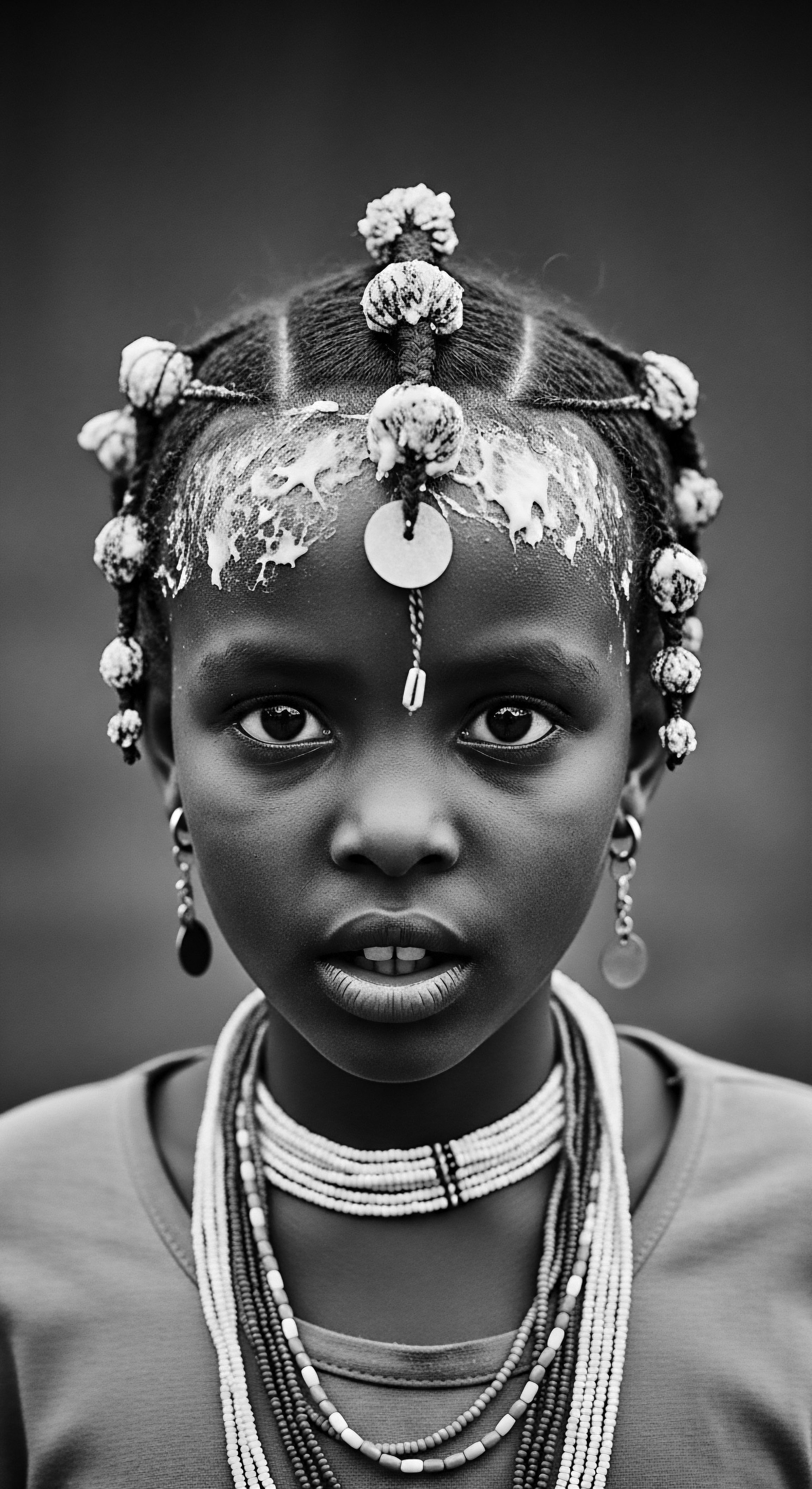
Ritual
As we move from the foundational understanding of textured hair, a deeper appreciation unfolds for the daily and periodic practices that have sustained its vitality through the ages. The echoes of ancestral hands, carefully tending to coils and curls, reverberate in the routines we observe today. This section steps into the living tradition of care, exploring how ancient styling techniques, tools, and transformative practices have shaped the art and science of modern textured hair styling, always through the lens of a profound heritage. It is here that the wisdom of the past becomes tangible, guiding our contemporary choices with gentle yet knowing presence.
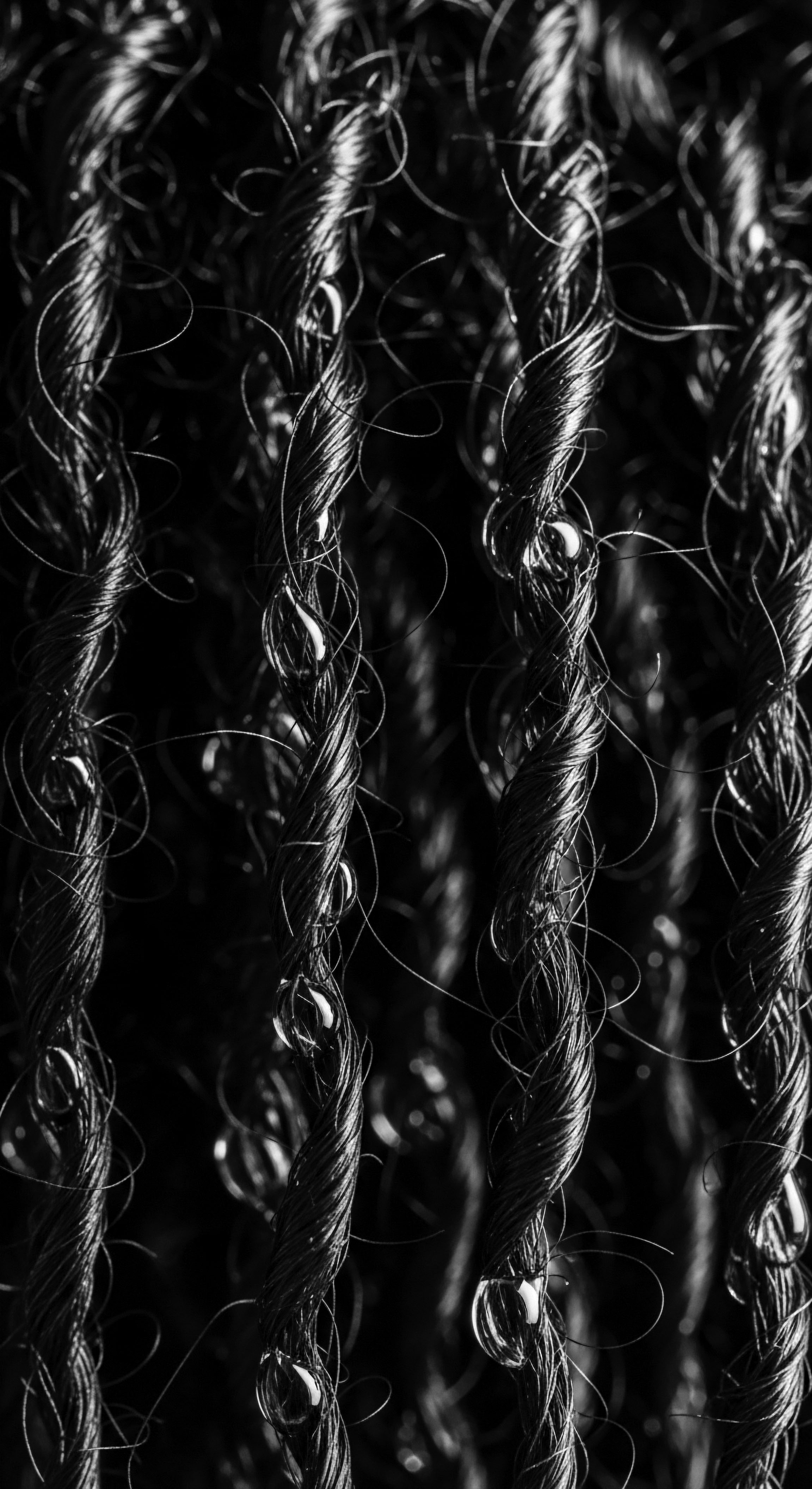
Protective Styling Encyclopedia and Ancestral Roots
Protective styles, a cornerstone of modern textured hair care, are far from a recent innovation. Their origins stretch back thousands of years into African civilizations, where they served purposes extending beyond mere aesthetics. These styles, such as braids and twists, were not only practical for managing hair but also held deep cultural and social significance.
The practice of braiding, for instance, can be traced back to 3500 BCE in Africa, with evidence of cornrows depicted in ancient rock paintings. These intricate patterns often communicated a person’s tribal affiliation, age, marital status, wealth, or even social rank. During the transatlantic slave trade, braids took on an additional, poignant significance, serving as a discreet means of communication, with patterns sometimes conveying escape routes or hiding small tools and seeds for survival.
Modern protective styles, including box braids, cornrows, twists, and Bantu knots, carry this profound historical weight. They continue to serve their ancestral purpose of shielding delicate strands from environmental damage and manipulation, while also acting as powerful symbols of cultural identity and resilience.
- Cornrows ❉ Traced to 3000 BCE Africa, patterns indicated tribe, status, and could even map escape routes during enslavement.
- Box Braids ❉ Originating in South Africa around 3500 BCE, they symbolized wealth and marital status, taking hours to create.
- Bantu Knots ❉ Named after the Bantu people, these served as a heatless curling technique centuries before their modern resurgence.
- Headwraps ❉ Ancient attire in Africa, signifying wealth, ethnicity, and marital status; later used as a form of resistance during enslavement.
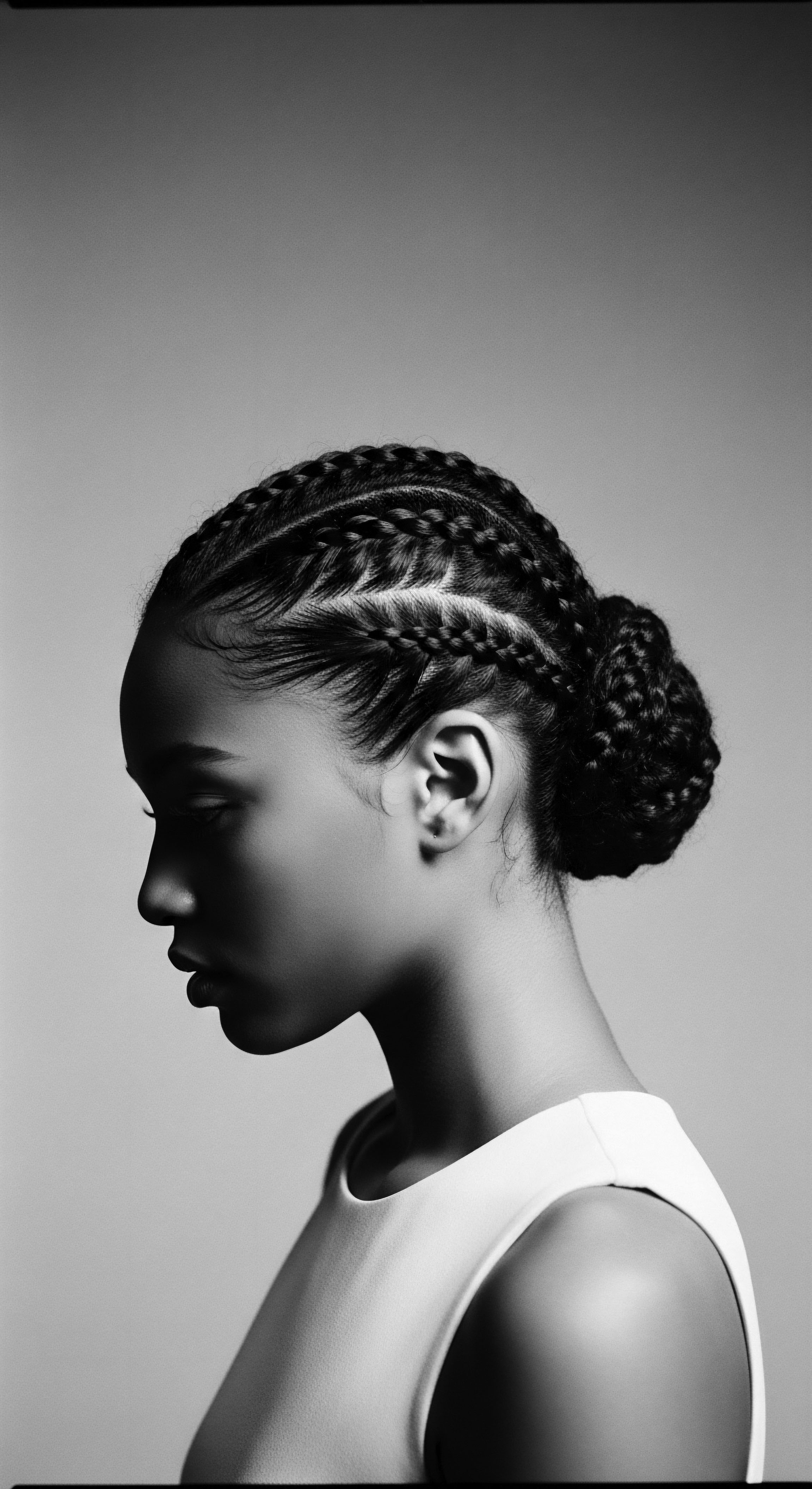
Natural Styling and Definition Techniques
The quest for defining and enhancing natural curl patterns is not a contemporary pursuit. Ancient cultures employed a range of natural ingredients and methods to achieve desired textures and maintain hair’s health. The use of natural oils for shine and manageability, and the careful manipulation of hair into specific styles, were common practices.
For example, the widespread use of Shea Butter (karité) across West Africa for centuries exemplifies ancestral knowledge of natural emollients. This rich butter, derived from the nuts of the shea tree, was applied to hair to provide moisture, softness, and protection. Its properties, now scientifically validated for its fatty acid content and moisturizing capabilities, confirm the wisdom of these traditional applications.
Similarly, ancient Egyptians used oils such as castor oil and almond oil for conditioning and strengthening hair, often blending them with honey and herbs to create nourishing masks. These historical uses directly inform the modern preference for natural oils and butters in textured hair product formulations.
The enduring relevance of ancient hair care practices lies in their holistic understanding of hair’s needs, a wisdom often validated by contemporary scientific inquiry.

The Complete Textured Hair Toolkit
The tools used in ancient hair care, though simpler in form, served similar functions to many modern implements. Combs crafted from wood, ivory, or bone were essential for detangling and styling. These tools, often hand-carved, represented a direct connection to natural materials and a gentle approach to hair manipulation. The communal act of hair grooming, where family members or skilled practitioners would spend hours meticulously styling hair, speaks to the social significance of these tools and practices.
Today’s wide-toothed combs, detangling brushes, and soft fabric ties echo these ancestral designs, emphasizing minimizing breakage and preserving the integrity of the hair shaft. The evolution of these tools reflects a continuous effort to work harmoniously with textured hair, a legacy inherited from generations of careful hands.
| Traditional Tool Wooden/Ivory Combs |
| Ancestral Purpose Gentle detangling, styling, scalp stimulation |
| Modern Counterpart or Influence Wide-toothed combs, detangling brushes, scalp massagers |
| Traditional Tool Natural Fibers/Twine |
| Ancestral Purpose Securing braids, creating extensions |
| Modern Counterpart or Influence Hair ties, synthetic braiding hair, yarn |
| Traditional Tool Heated Stones/Sticks |
| Ancestral Purpose Temporary straightening or curling (less common for textured hair, but present in some cultures) |
| Modern Counterpart or Influence Flat irons, curling wands (with emphasis on heat protection) |
| Traditional Tool Clay/Ochre/Fats |
| Ancestral Purpose Cleansing, conditioning, protective coating |
| Modern Counterpart or Influence Deep conditioners, hair masks, leave-in creams, sun protectants |
| Traditional Tool These comparisons highlight the continuity of function, demonstrating how contemporary tools build upon ancestral ingenuity for textured hair care. |
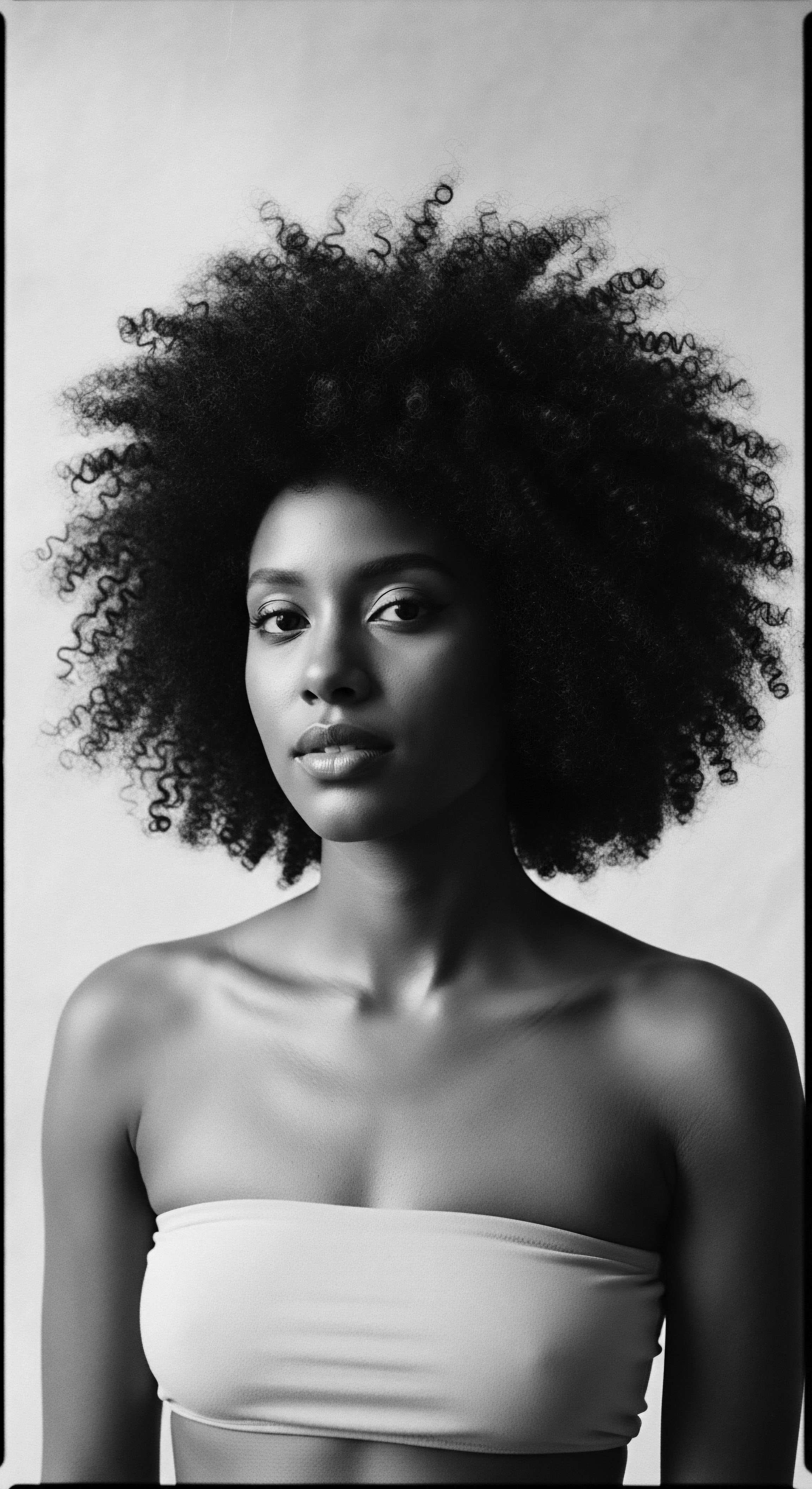
Relay
The journey of textured hair care, from its elemental origins to its daily rituals, culminates in its enduring impact on identity and its continuous shaping of cultural expression. This section invites a deeper, more reflective contemplation on how ancient practices resonate within our contemporary understanding of hair health, cultural connection, and future narratives. It is a space where science, ancestral wisdom, and the profound human experience converge, revealing the multifaceted ways heritage informs our hair journeys and personal sovereignty. The intricate details of our biological makeup find their voice in the stories of our ancestors, providing a profound understanding of textured hair’s resilience and beauty.

Building Personalized Textured Hair Regimens Inspired by Ancestral Wisdom
The creation of a personalized hair regimen today is not merely a matter of product selection; it is an act of honoring a long lineage of care. Ancient communities understood that hair health was intrinsically linked to individual needs, environmental conditions, and available natural resources. They developed localized practices, using indigenous plants and methods tailored to their specific contexts. This adaptive approach, grounded in observation and generational wisdom, serves as a powerful model for modern personalized care.
Consider the Ayurvedic tradition from India, dating back over 3,000 years. This holistic system views hair care as a reflection of overall bodily balance. Ayurvedic texts describe the use of various herbs and oils, such as Amla (Indian gooseberry), Bhringraj, and Neem, for promoting scalp health, strengthening follicles, and preventing issues like dryness or premature graying.
These ingredients were chosen for their specific medicinal and nourishing properties, aiming to balance the body’s ‘doshas.’ Modern science now validates many of these traditional benefits, confirming the antimicrobial properties of neem or amla’s role in hair growth. This convergence of ancient wisdom and modern scientific validation underscores the authority of heritage-informed practices.
For instance, a study published in the Journal of Ethnopharmacology highlighted the antimicrobial properties of Neem and its effectiveness in treating scalp conditions, while another in the Journal of Ayurveda and Integrative Medicine emphasized Amla’s role in enhancing hair growth and reducing hair fall (as cited by Roshni Botanicals, 2025). This rigorous backing lends credence to the centuries-old practices, demonstrating that our ancestors were indeed sophisticated practitioners of hair wellness.
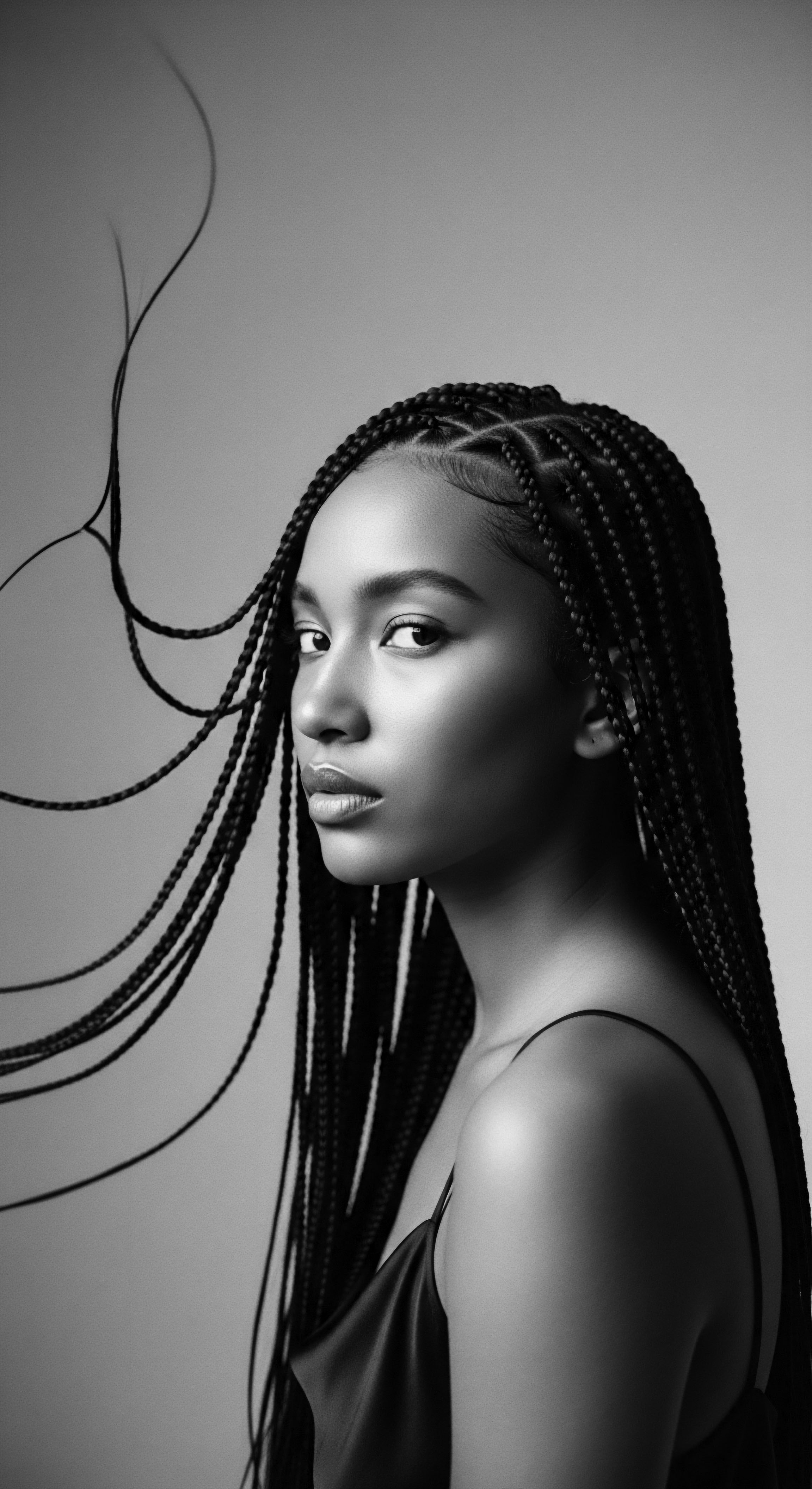
The Nighttime Sanctuary ❉ Essential Sleep Protection and Bonnet Wisdom
The practice of protecting hair during sleep, often with head coverings, has a rich and complex history, particularly within Black communities. While bonnets were once a widespread fashion accessory in various cultures, their enduring significance for textured hair care stems from a practical necessity deeply rooted in heritage.
Textured hair, with its inherent tendency towards dryness and breakage, greatly benefits from protective measures that minimize friction and moisture loss overnight. Cotton pillowcases, for example, can absorb natural oils, leading to dryness and tangles. The use of silk or satin bonnets and scarves, a practice passed down through generations, creates a smooth barrier, allowing hair to retain its moisture and style. This simple yet profound ritual reflects an ancestral understanding of hair preservation, born from centuries of adapting to environmental challenges and the specific needs of textured strands.
Historically, headwraps in African countries, known as Dukus or Doek, signified wealth, ethnicity, and marital status. During enslavement, bonnets and head coverings were tragically weaponized, forced upon Black women to strip them of their cultural identity and conceal their hair. Yet, in an act of powerful resistance, Black women reclaimed these coverings, transforming them into symbols of self-expression, pride, and cultural defiance, adorning them with vibrant fabrics and jewels. This profound history imbues the modern bonnet with a meaning far beyond mere utility; it is a symbol of resilience and self-care.
The bonnet, a seemingly simple garment, carries centuries of cultural significance, representing both ancestral wisdom in hair preservation and a powerful statement of identity and resistance.
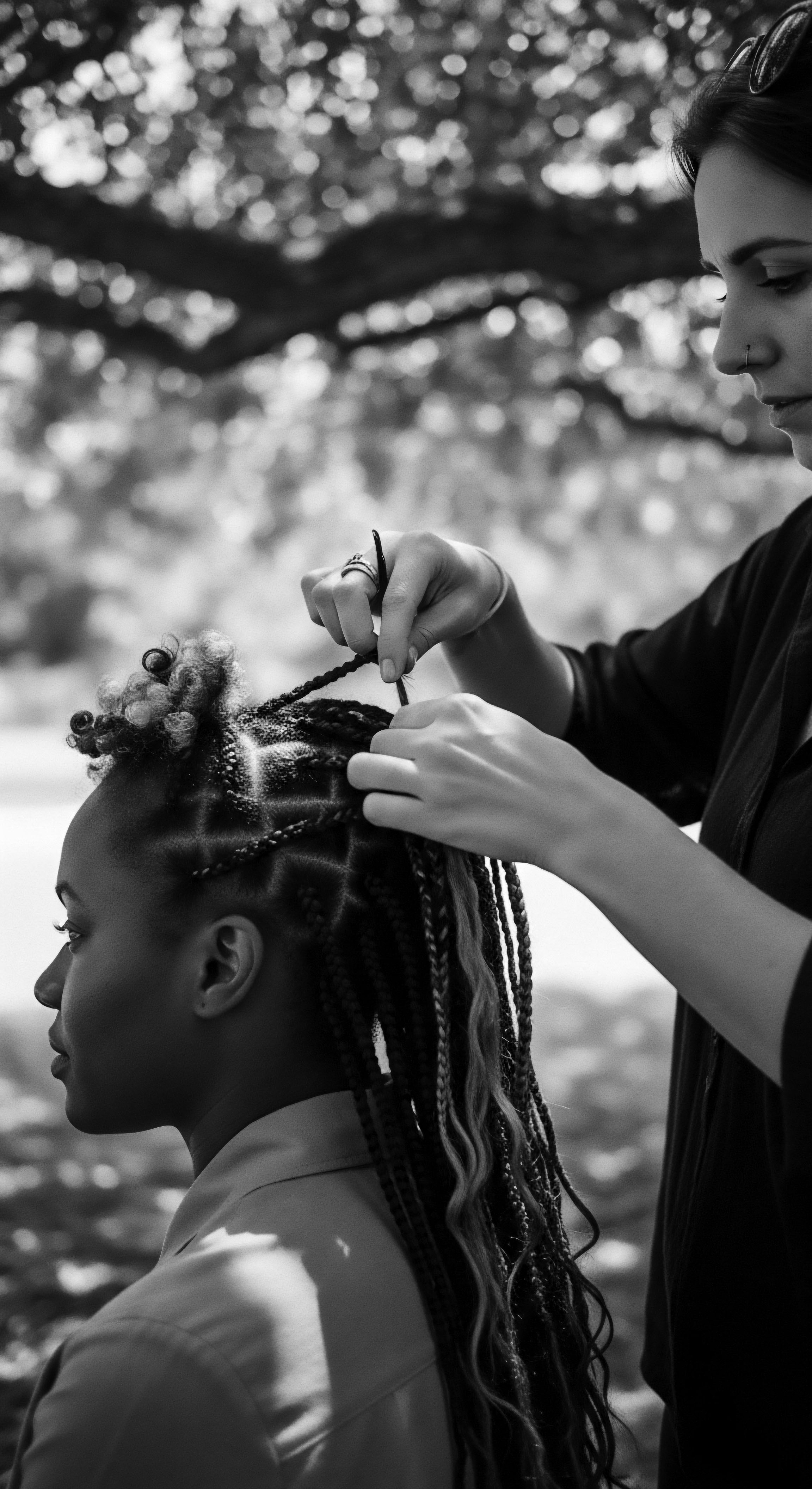
Ingredient Deep Dives for Textured Hair Needs
The efficacy of many modern textured hair products can be traced directly to ancient ingredients and their traditional applications. The ancestral reliance on natural elements for cleansing, conditioning, and treatment provides a powerful blueprint for today’s formulations.
Consider the tradition of Hair Oiling, practiced for millennia across various cultures, notably in India and parts of Africa. Ancient Egyptians used castor and almond oils for hair nourishment, while Moroccans favored argan, and South Africans used marula. In India, coconut and sesame oils were central to Ayurvedic practices, infused with herbs to promote hair growth and health. These practices demonstrate a deep understanding of how specific oils could penetrate and condition the hair shaft, providing lubrication and reducing breakage.
Similarly, the use of natural cleansers like clay and plant extracts by ancient civilizations in Egypt and Mesopotamia laid the groundwork for modern sulfate-free and low-lather shampoos. Native American communities utilized yucca root for natural shampoo, and Latin American civilizations used aloe vera for conditioning and scalp health. These historical precedents underscore the timeless value of natural ingredients, reminding us that the answers to many hair challenges lie within the earth’s bounty, a wisdom passed down through generations.
The ongoing research into ethnobotany and traditional medicine continues to uncover the scientific basis for these long-held beliefs, validating the effectiveness of ancestral remedies. This scientific corroboration of ancient practices provides a compelling argument for their continued relevance in modern hair care.
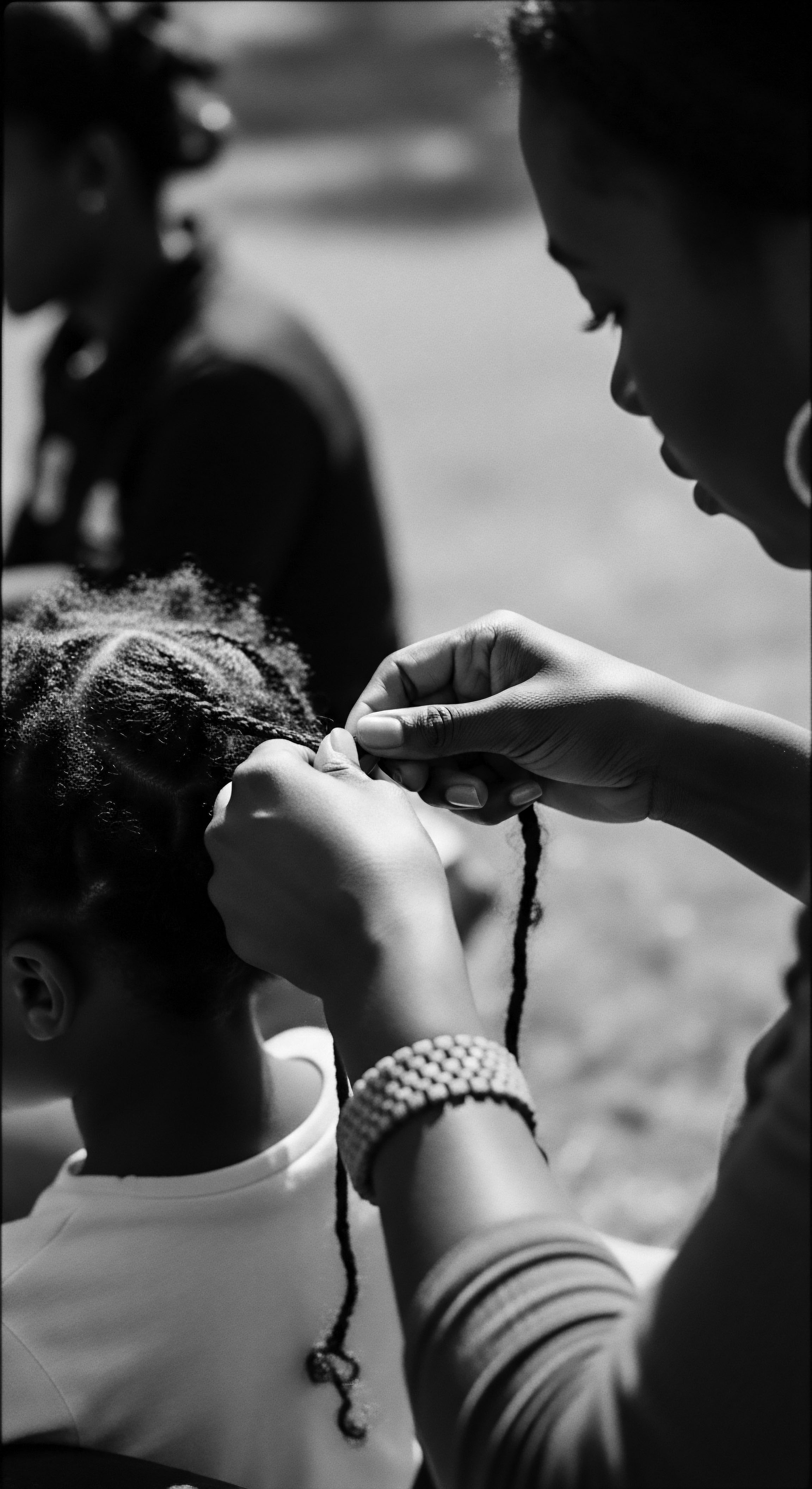
Holistic Influences on Hair Health
Beyond topical applications, ancient cultures consistently linked hair health to overall holistic wellbeing. They understood that external appearance often mirrored internal states, recognizing the influence of diet, stress, and spiritual harmony on the hair. This integrated perspective, a hallmark of ancestral wellness philosophies, guides the most progressive approaches to textured hair care today.
In many African societies, hair was considered the most elevated part of the body, a source of spiritual power and a connection to the divine. This spiritual reverence meant hair care was often a meditative, communal ritual, a time for bonding and sharing stories. This approach stands in stark contrast to a purely utilitarian view of hair, inviting us to consider the emotional and spiritual dimensions of our own hair care practices.
The emphasis on a balanced diet, stress reduction, and mindful self-care, common themes in ancient wellness systems like Ayurveda, directly impacts hair vitality. When we approach textured hair care with this holistic lens, we are not merely treating strands; we are honoring a profound legacy that views hair as an extension of our entire being, a living symbol of our heritage and wellbeing.

Reflection
The journey through ancient hair practices and their influence on modern textured hair care reveals a truth as enduring as the human spirit ❉ our strands are more than mere protein structures. They are living conduits of memory, vessels of identity, and vibrant expressions of an unbroken lineage. From the Himba woman’s ochre-kissed coils to the intricate braids of West African elders, and the soothing oils of Ayurvedic traditions, each practice carries the wisdom of generations, a testament to resilience and ingenious adaptation. This continuous flow of knowledge, passed from ancestral hands to our contemporary routines, reminds us that textured hair is a profound meditation on heritage, its care a living, breathing archive.
We stand, not at the end of a history, but within its unfolding, each choice in our hair care a gentle echo of the past, a vibrant statement in the present, and a hopeful declaration for the future. The soul of a strand, indeed, connects us all.
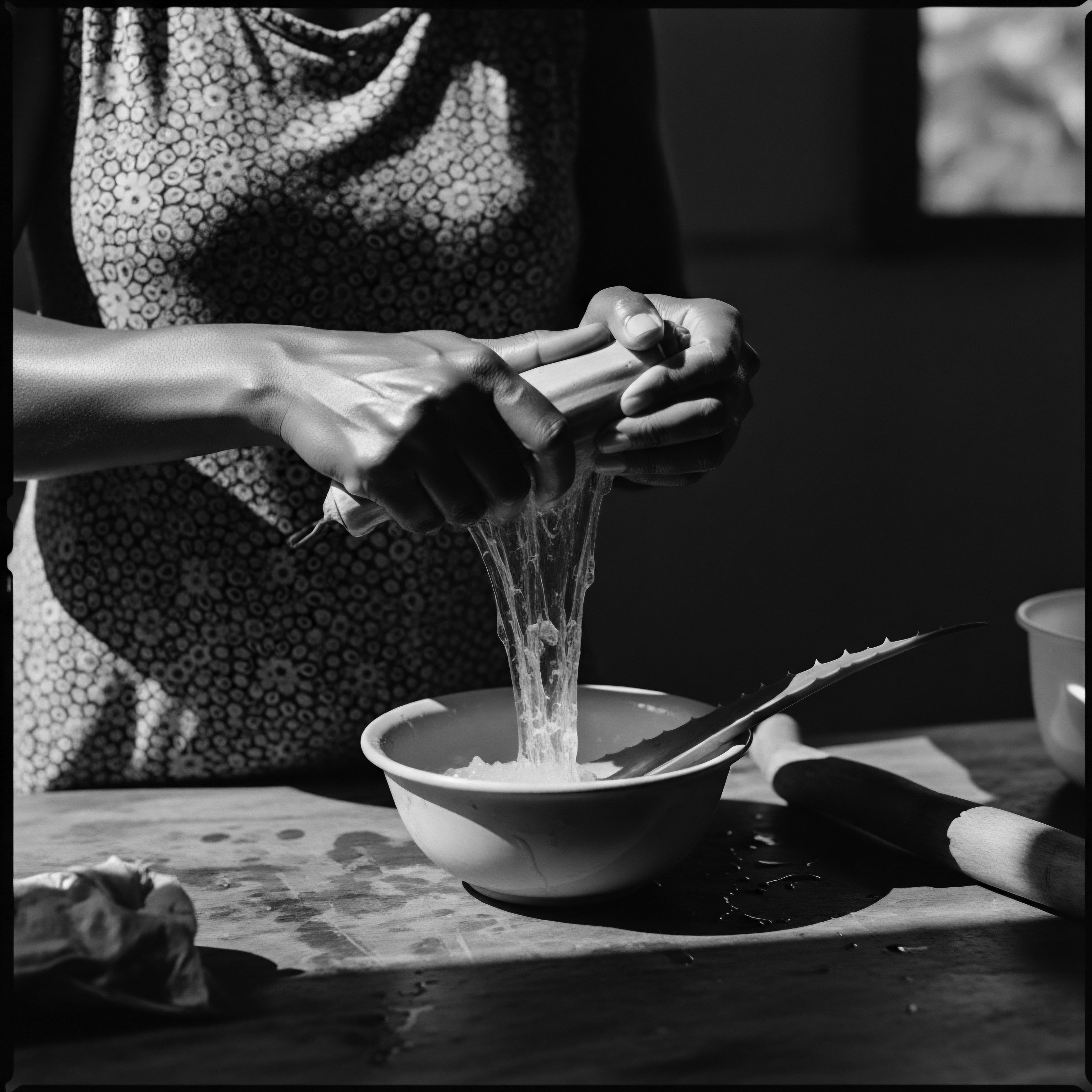
References
- Byrd, A. D. & Tharps, L. L. (2001). Hair Story ❉ Untangling the Roots of Black Hair in America. St. Martin’s Press.
- Gale, S. (2018). African Hairstyles ❉ Styles of Yesterday and Today. Book Baby.
- Opoku, A. A. (1978). African Traditional Religion ❉ An Introduction. Longman.
- Ross, E. (2018). Hair ❉ A Cultural History. Bloomsbury Academic.
- Sherrow, V. (2006). Encyclopedia of Hair ❉ A Cultural History. Greenwood Press.
- Singh, S. (2015). Ayurveda for Hair ❉ A Holistic Guide to Healthy Hair. Lotus Press.
- Synnott, A. (1987). The Body Social ❉ Symbolism, Self and Society. Routledge.
- Tharps, L. L. (2014). The History of Black Hair. Black Dog & Leventhal Publishers.
- Walker, Z. (2021). Know Your Hairitage ❉ Zara’s Wash Day. Independent Publisher.
- Williams, G. (2019). Natural Hair Care ❉ A Beginner’s Guide. Self-Published.
